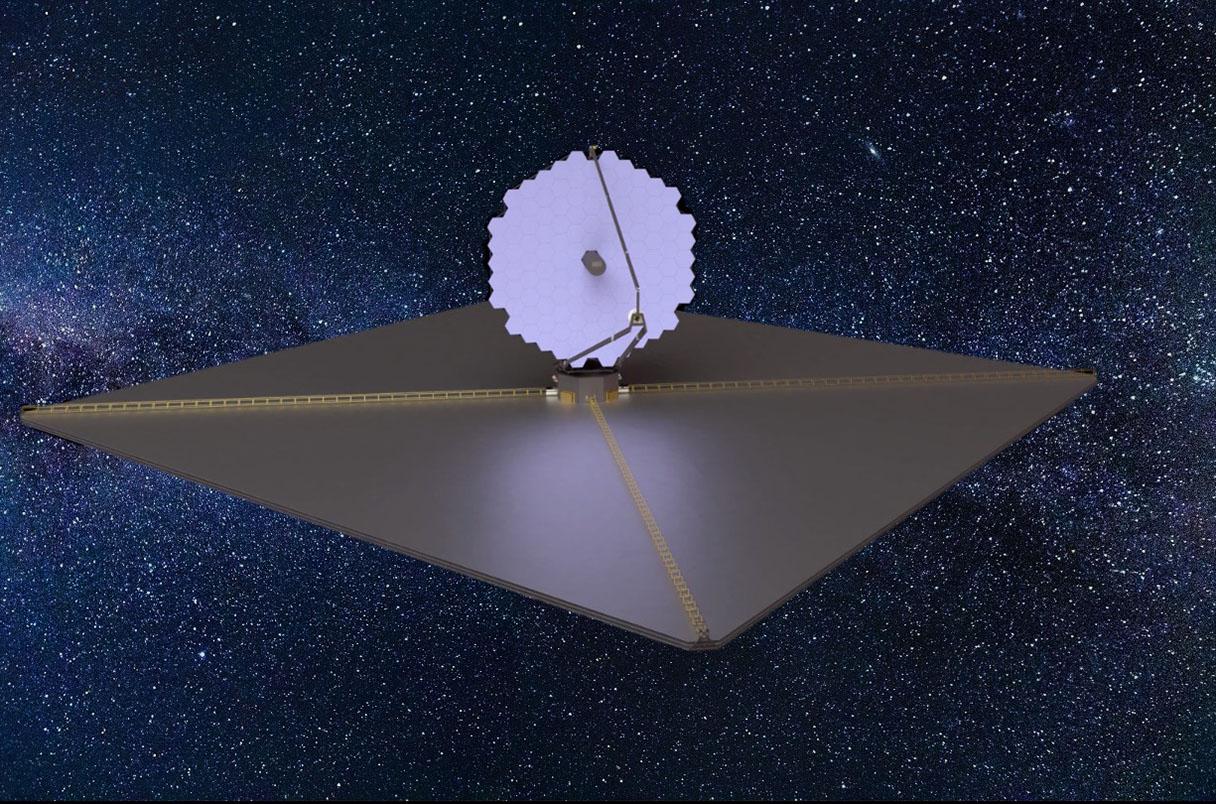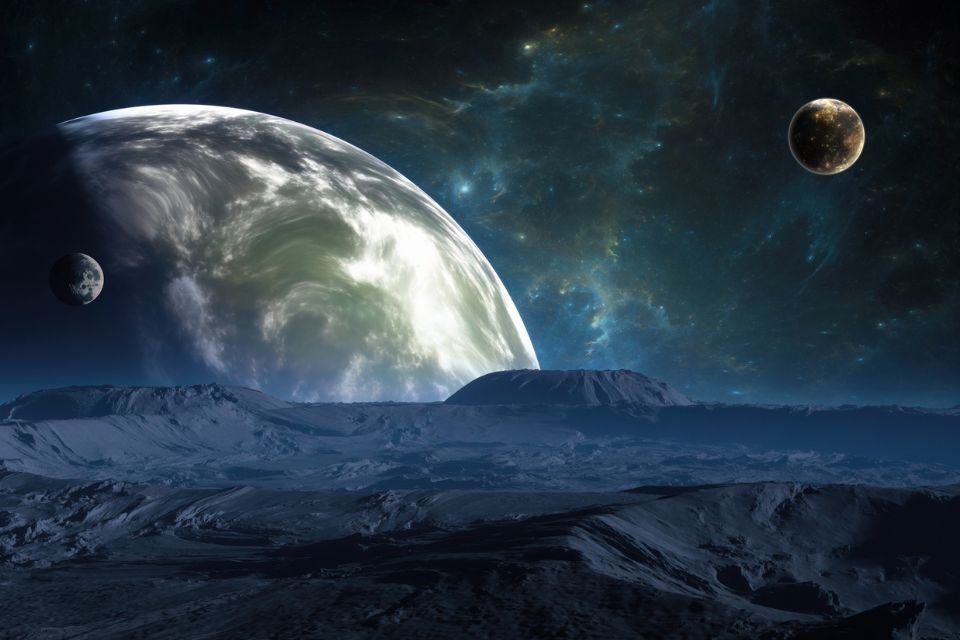Jane Greaves, Professor of Astronomy at Cardiff University in Wales, specializes in research on the formation and habitability of planets. The last of these was recently published in the journal Research Notes of the American Astronomical Society: astronomer proposes a discovery method to detect exoplanets originating from Earth-like stars.
Their hypothesis is that continents in these possible rocky worlds are necessary to sustain a large biomass. To support his hypothesis, he recalls that continental structures are necessary to sustain life on Earth. Our continents float on Earth’s viscous mantle, and heat from its core prevents the mantle from solidifying and “gluing” the continents together.
Although not essential for life, continents and tectonic plates regulate the planet’s temperature. Greaves thus argues: A more effective way to continue the search for habitable planets is to limit possible locations to rocky worlds with continents.This could lead to ancient systems where life may have emerged before Earth.
The importance of plate tectonics in the formation of continents
According to Greaves, the key to this research is heat. If the core of a rocky planet produces enough heat, the result will be the formation of active plate tectonics. In the case of Earth, for example, it is these parts of the crust that regulate the release of heat from the core. Although necessary, excessive heat can inhibit our planet’s protective magnetosphere.
The Earth’s core contains radioactive isotopes of 238 Uranium, 232 Thorium and 40 Potassium. In his work, the author states that these materials are formed from the same solar nebula that forms their stars.
Like this, Stars with thin, young disks have higher metal abundances. Thick disk stars from the first stages of galaxy formation are poorer in metal.
Promising prospects for finding exoplanets in the universe

In his study, Greaves detected a correlation between the Fe/H ratio (abundance of iron relative to hydrogen) in continents and stars. In this sense, those with lower metallicity than our Sun appear to be “particularly interesting” for the search for habitable exoplanets.
In this sense, “examples of thick disk systems are particularly sophisticated and worthy of further investigation,” Greaves tells Universe Today. For him, Only 7% of all stars known to have exoplanets are of this older type and contain fewer heavy elements.
“Given that nearby Sun-like stars have already produced some candidate hosts, the prospect of finding rocky exoplanets with continents looks quite promising,” Greaves concludes, 17 years before NASA’s future Habitable Worlds Observatory becomes operational.
Did you like the content? So, stay updated with more astronomical curiosities at TecMundo and also take the opportunity to learn what the Kuiper Belt is. The region may host an Earth-like planet.
Source: Tec Mundo
I’m Blaine Morgan, an experienced journalist and writer with over 8 years of experience in the tech industry. My expertise lies in writing about technology news and trends, covering everything from cutting-edge gadgets to emerging software developments. I’ve written for several leading publications including Gadget Onus where I am an author.













